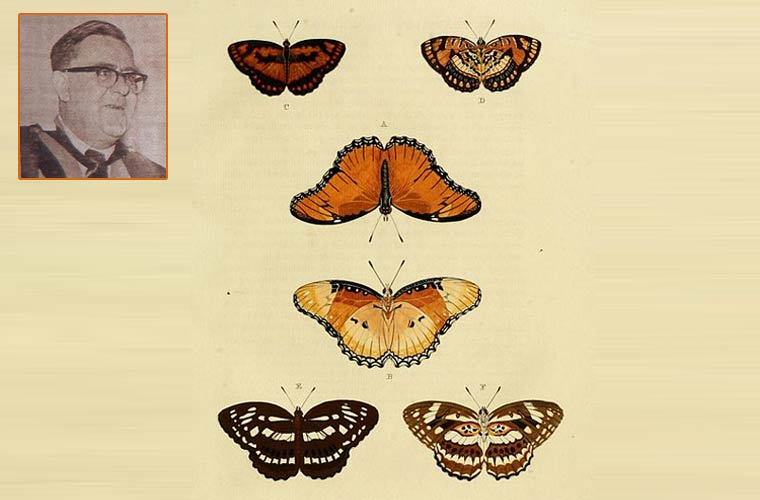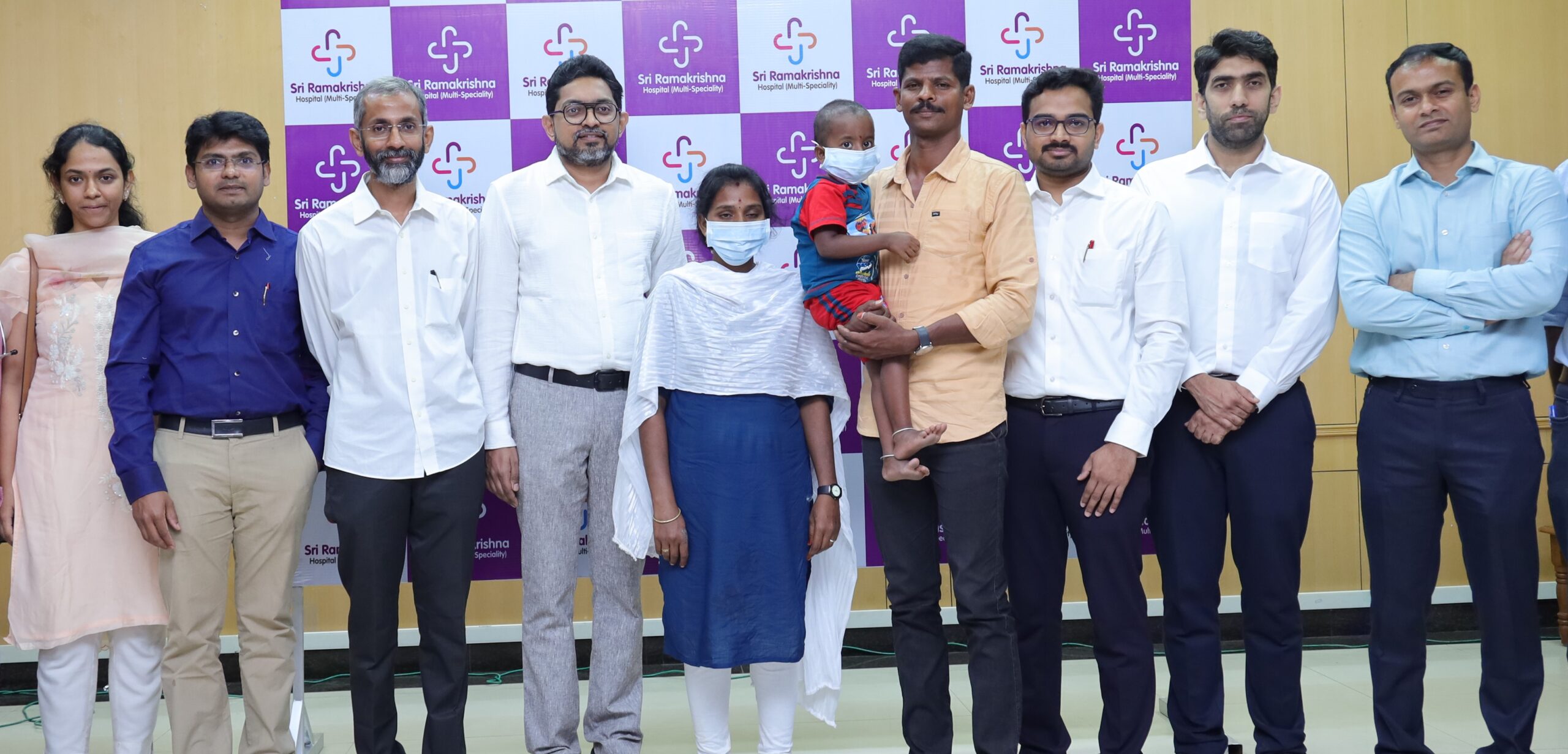Trending Now
- 830 voters names go missing in Kavundampalayam constituency
- If BJP comes to power we shall consider bringing back electoral bonds: Nirmala Sitaraman
- Monitoring at check posts between Kerala and TN intensified as bird flu gets virulent in Kerala
Coimbatore
An educationalist who loved butterflies
![]() February 25, 2017
February 25, 2017
Udhagamandalam: With a major event connected with the study of butterflies scheduled to take place early in arch, focus in the Nilgiris is now on a man whose legacy in espousing the cause of the ‘winged wonders’ has very few parallels. Lamentably not many,even here, are aware of his significant contribution or his link with the Blue Mountains.
Despite much being spoken and written about the fauna of this district, butterflies and moths seem to be a largely underrated subject, both in the past and now.
The District Manual of 1880 and the Gazette of 1908, though elaborate about the other fauna, are strangely silent about this important aspect of science which deals with the most widespread and widely recognisable insect orders in the world which serve as early indicators of environmental change.
According to Coonoor based wildlife enthusiast Samantha Iyanna although the credit of being the first person to systematically study these insects in these hills goes to Sir George Francis Hampson Bart, his operations were mainly confined to the Northern and Northwestern Slopes, and it is to Mr. Wynter-Blyth, that the commendation of being the first to publish a comprehensive list of butterflies of this district belongs.
Mark Alexander Wynter-Blyth (15 August 1906 – 16 April 1963) is better known as an educationalist, having served as Head Master of the then St. George’s Homes, Ketti, which had been first recognized by the Education Department of Madras as a free primary school, and later raised to the status of a high school in 1944 during his tenure which lasted till 1946.
Having developed an interest in the study of Lepidoptera during his earlier tenure as House Master of Bishop Cotton School in Simla, Mr. Wynter-Blyth set about documenting the butterfly species of these hills during his stay in Ketti, the results of which were published as a scientific paper in the 1945 edition of the Journal of the Bombay Natural History Society.
He enumerates around 304 species as being distributed through the various regions of the district, and also mentions the Nadugani Ghat, Gudalur, Wenlock Bridge, Runnymede, Droog, and Burliyar as hotspots.
He later went on to publish a book ‘Butterflies of the Indian Region,’ one of the most comprehensive publications on the subject.He is also known to have been involved in the ‘LionCensus’ of the Gir Forests.
His untimely death due to coronary thrombosis while vacationing in Switzerland was mourned by both educationalists and naturalists alike, and his obituary in the Journal of the Bombay Natural History Society, describes his death as having created a gap in the ranks of naturalists of this country which would be difficult to fill.
According the conservationist P.J.VasanthanThe Wynter-Blyth Association a voluntary body named in memoriam, and dedicated to the cause of exploring, rediscovering and establishing a conduit between the scientific community and the general public in the study of butterflies in this district, is leading the National Butterfly Club’s (Mumbai) inaugural butterfly trail and count walk initiative to be held on 05/03/2017, to assess the butterfly diversity and other factors at various places including the Nilgiris.























